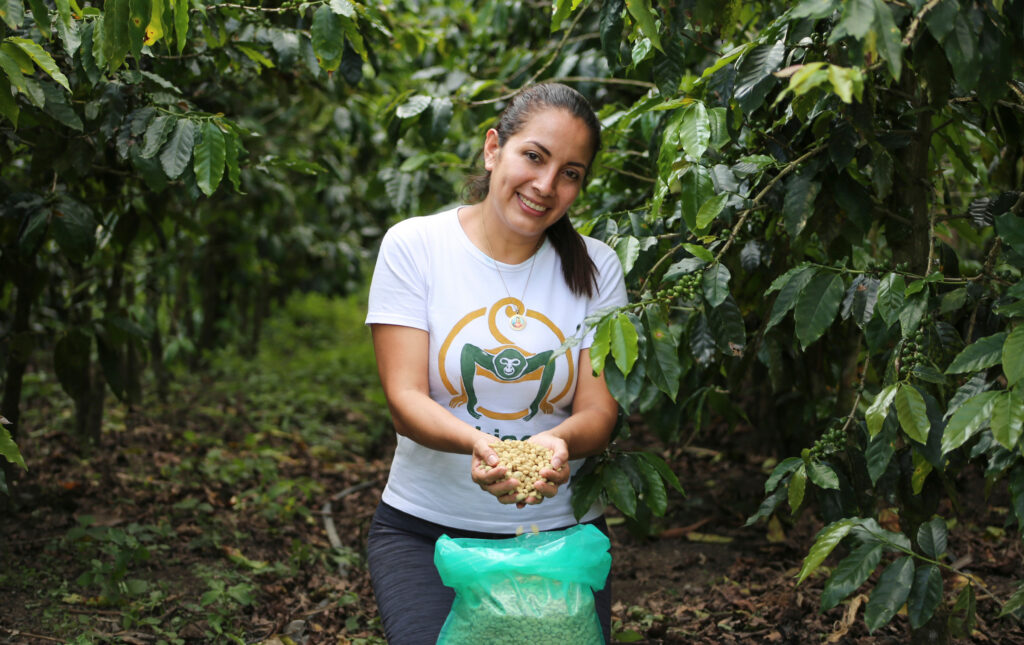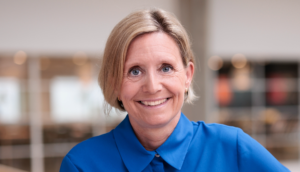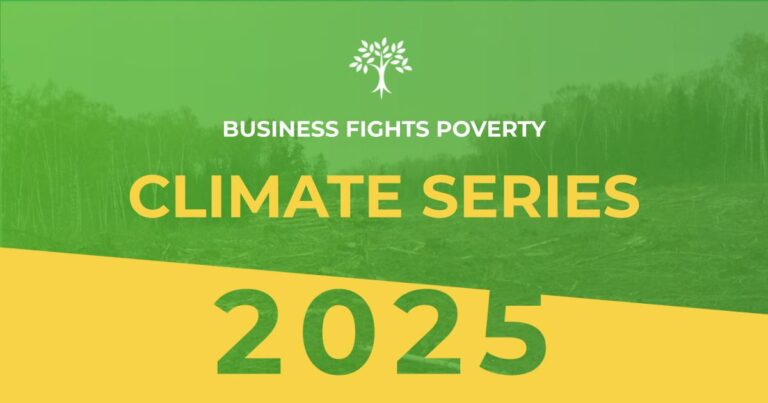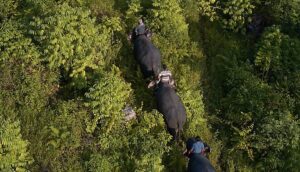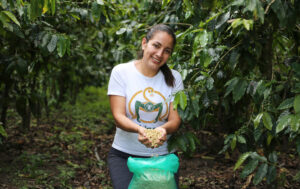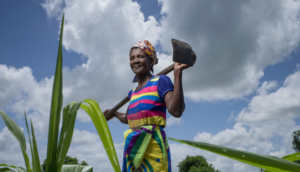The COP30 conference, taking place in Belém, Brazil, is bringing added attention to the topic of Amazon conservation. That’s important: after all, the region’s rainforest is responsible for generating about 10% of the world’s oxygen, and its soils and trees contain about 123 billion tons of carbon
Simply put, we can’t stabilize our climate without safeguarding the Amazon. But by the same token, we can’t safeguard the Amazon without supporting sustainable livelihoods for the 47 million people who live within the region.
How lack of opportunity leads to deforestation
To see why, it helps to look at what’s behind the deforestation in the area. A recent report from the OECD with district-level data from Peru–home of the second-largest expanse of Amazon rainforest and the source of the Amazon river–sheds important light on this question.
According to the study’s authors, agriculture has been by far the biggest source of deforestation in Peru since 1985. But contrary to popular imagination, it’s not expansive commercial farms or ranches that are doing the most harm. Rather, 75% of the deforestation from agriculture has been caused by small-scale family farms.
At the same time, the growth of the illicit economy–informal mining, illegal timber operations, and the production of coca leaf–has left a mark on different parts of the Peruvian Amazon. The study’s analysis finds that the first year in which coca production or illegal logging is introduced into a district is associated with an additional 400 hectares of deforestation.
A common factor across all these trends is that they are driven, at least in part, by a lack of economic opportunity. Smallholders relocate to the rainforest, or fell forests to expand their plots, because their existing farms are not productive or profitable enough to support their families. People are attracted to work in informal mines, illegal timber operations, or in the coca harvest because, in many communities, there are not enough jobs or opportunities to start profitable businesses.
While Peru has made significant strides in reducing poverty, progress has been incomplete and uneven. Loreto, which covers almost half of the Peruvian Amazon, has the second-highest rate of poverty among Peru’s 26 regions. Looking at economic vulnerability–the risk that a household will fall into monetary poverty–seven of the ten provinces with the highest rates are located within the Amazon basin.
The opportunity for sustainable production
Catalyzing better, more sustainable livelihoods for the people living in and around the region is therefore a critical tool in protecting the Amazon. Fortunately, we know that smart investment can help to unlock these opportunities.
This year, TechnoServe released the Regenerative Coffee Investment Case, which analyzes the returns–for farmers, business, governments, and nature–from investment in regenerative coffee across nine countries. In Peru, the authors analyzed the opportunity for the country’s 130,000 smallholder coffee farms, most of which are located in the Amazon basin.
The study found that supporting coffee farmers to adopt regenerative practices will boost their productivity and resilience. In fact, this transition would help farm incomes increase by 105% over current levels, bringing $130 million of extra income to vulnerable households each year.
The return on this investment is strong, as well: the study found that $31 million per year invested over seven years to fund regenerative production in Peru would yield $206 million annually in value for the coffee sector while reducing carbon emissions.
Regenerative agriculture in action
Those impacts are not just theoretical. We see them on the ground every day in Peru, where TechnoServe has been working with coffee and cacao farmers to boost regenerative production.
From 2017 to 2024, the Coffee Alliance for Excellence (CAFE) helped smallholder coffee producers in Peru’s Amazon uplands who long faced challenges from climate change and poor access to technical assistance, quality inputs, and markets. By promoting regenerative methods—such as planting pest-tolerant varieties, agroforestry, wastewater treatment, cover crops, and organic fertilizers—the initiative helped farmers improve soil health, biodiversity, and water conservation.
Adoption of good practices rose from 20% to 90%, boosting yields by 81% and incomes by 257%. Even amid rising input and labor costs, these farms became more profitable, providing families with a sustainable pathway to better livelihoods and incentivizing protection of the environment.
The program enabled more than 5,000 producers to access sustainable certification programs, such as the Rainforest Alliance, Organic Certification, CAFE Practices, and Fair Trade, resulting in better prices for their harvests and enhanced resilience to market fluctuations and the impacts of climate change.
Investing in people
What’s happening in Peru’s coffee sector is just one example of what is possible across the Amazon. As leaders meet in Belém and formalize their climate investments, it’s imperative that they think not only in terms of hectares and metric tons of CO2e, but also in terms of people and livelihoods. By identifying and pursuing the investments that create sustainable opportunity, we can safeguard the Amazon and other forests around the world.
This article is part of the Business Fights Poverty Climate Series with Fundação Dom Cabral (FDC) taking place during COP30 Climate Summit in Belém, Brazil.
